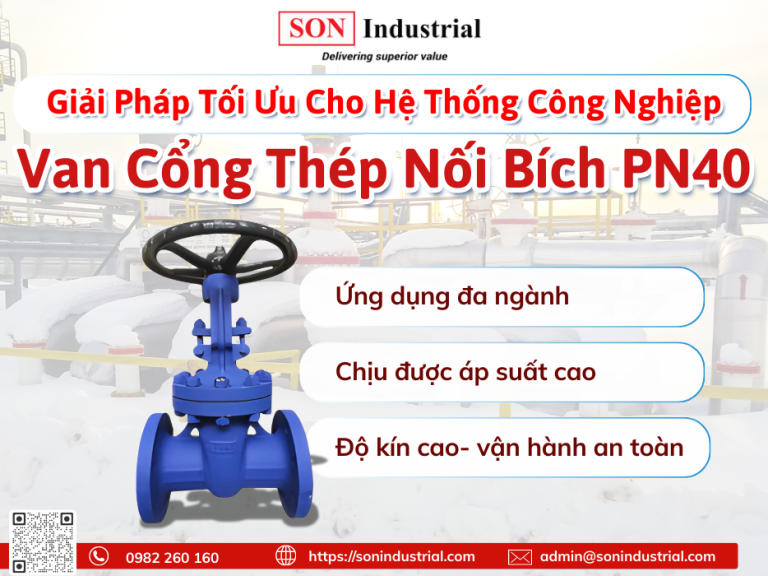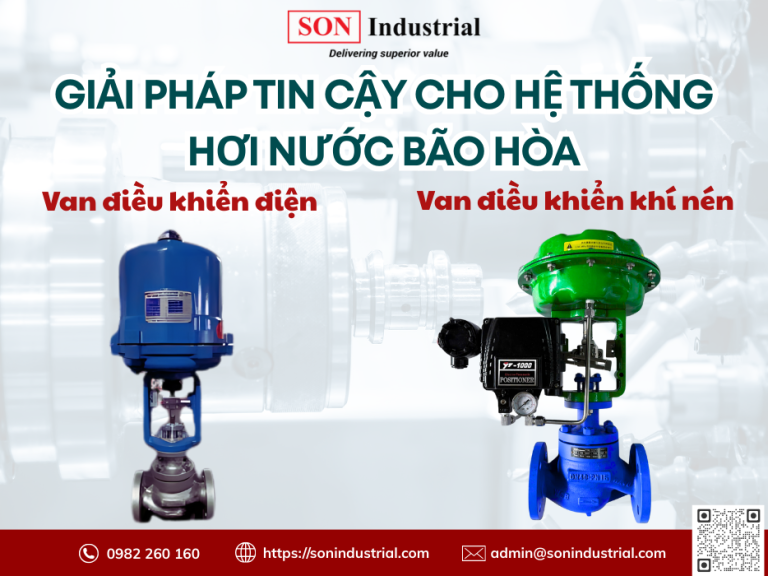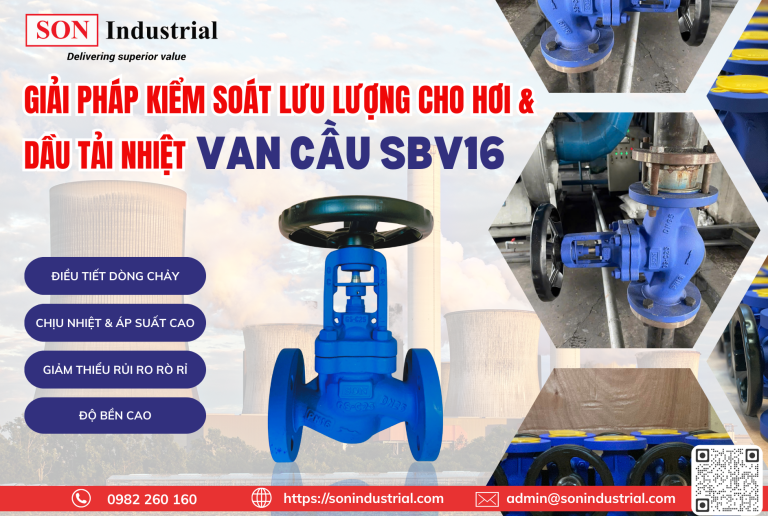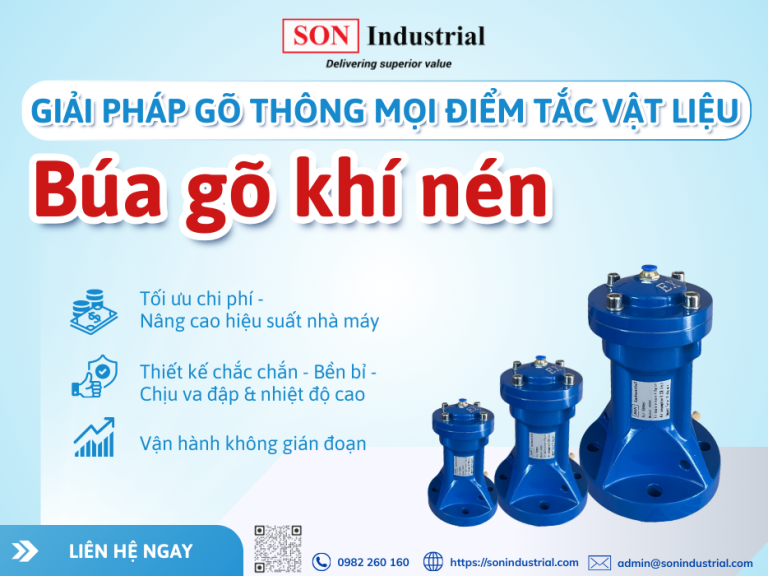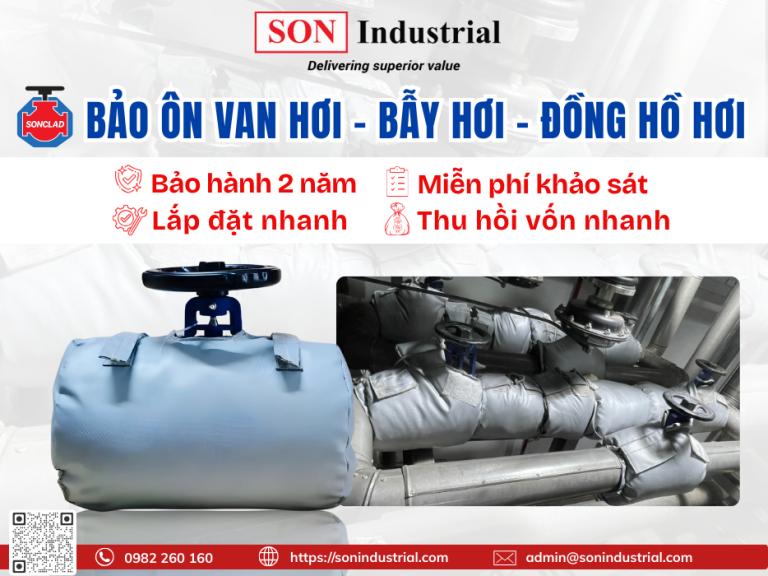
- 0982 260 160
- admin@sonindustrial.com
- 16/8 TTN06 Street, Ward 16, Dong Hung Thuan Ward, Ho Chi Minh City
Main Menu
Nội dung

 |
Pneumatic control ball valve
|
 |
Pneumatic control butterfly valve
|
 |
Pneumatic control globe valve
|
Contact information:

